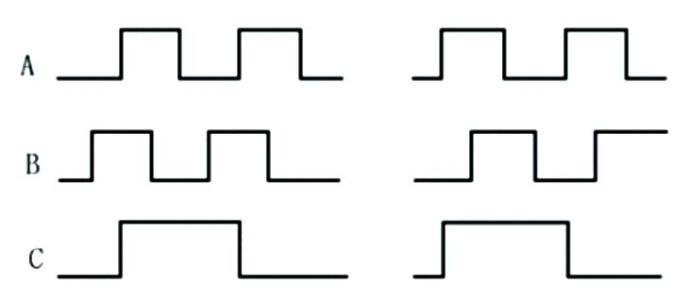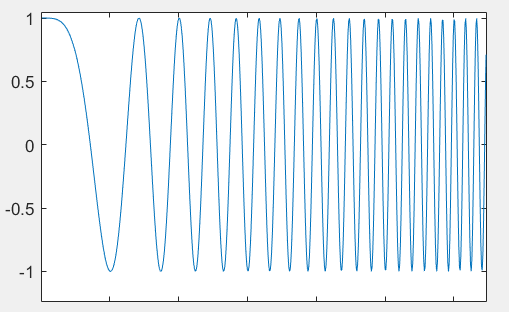Radar and Racon
From: 佚名 time: 2020-01-19
Racon and Radar
Racon, also called as radar beacon, is an electronic device which can response to the navigation radar interrogation by returning a signal containing a Morse code at the same or similar frequency of radar. As a result, a Morse code with dash-dot-space is shown on the screen of navigation radars.
Racon was put into operation since 1950s and till now, it is widely used as long or short range navigation aids to show landfall, inconspicuous coastline marking, new danger, tuning point etc. Nowadays, even though more and more AIS are installed, Racon is still one of the very fond AtoN of sailors. The main reasons are: 1st reason: when GPS does not work, AIS will not work either; 2nd reason: racon is relied on ship’s navigation radar only, with ship itself as the center of the system. So racon is displayed on the radar screen in a natural way, and directly gives the data relative to the ship as the center.
From the end of 20th century, new technologies were introduced to navigation radars and new solid state radar went into the market in early 21th century. Compared to traditional magnetron radars, solid state radars have the following advantages:
1. Solid state radars do not use magnetron, so solid state racon needs minimum maintenance while traditional radar needs to change magnetron around every 6,000 hrs.
2. Solid state radars are able to detect small objects.
3. Solid state radars have much lower peak power - around 200w while magnetron radar can have peak peak around 20kw or even higher.
4. Solid state radars have much lower electromagnetic radiation which are much safer for sailors and environment.
Solid state navigation radars usually have lower peak power even after several steps of amplification. In order to have long range detection, solid state radars emit long pulse signals. But long pulse signals are usually resulted in poor resolution. To solve the problem, pulse compression is applied to solid state radars. With this technology, solid state radars achieve long range detection with high resolutions and lower peak power as well.
However, the traditional racons can not be triggered by new solid state radars, or traditional racon’s signal can not be accepted by solid state radar. Magnetron radar has fixed frequency pulse (or called gate pulse) as shown in table 1 while solid state radar usually has linear FM signal (LFM).


Table 1, magnetron radar pulse Table 2, solid state radar pulse
Traditional racons response to radars with the similar fixed frequency pulse as megnetron radars. These gate pulses can be lost after pulse compression by solid state radars. So traditional racons ‘ signals can not be accepted by solid state radars even they are triggered by solid state radars interrogation.
IMO faced this dilemma in the later part of 20th century already: IMO fully realized that solid state radars have many advantages over traditional magnetron radars; however, they could not eliminate radon due to its importance to sailors in the past decades! So finally in Dec of 2004, IMO MSC79 approved radar performance Resolution 192(79) which has removed the requirement for 3GHz (S-band) radars to trigger Racons while X-band radars still need to support racons. But the amazing point is that almost all ships installed X-band radars!
Racon has remained as a stumbling block to new solid state radars in the past more than 10 years. In order to meet the IMO’s requirement, solid state radars producers tried to install an optional to trigger traditional racons. This not only increases the costs of new solid state radars but also make solid state radars much more complicated! All these make the difficulties to promote new solid state radars.
The good news is - Pharos and Tideland have published their new racon which can work with solid state radars together. Also Rokem developed new SS Racon which can coordinate with solid state radars. This means that the barrier for navigation solid state radar has been finally cleared!
Page up: Donation to Hubei for prevention and treatment of coronavirus pneumonia
Next page: Multi Beams Side Scan Sonar PK

